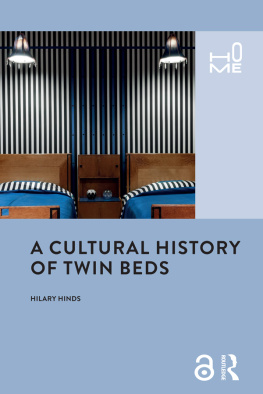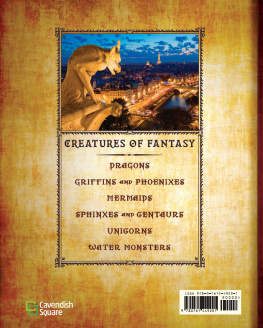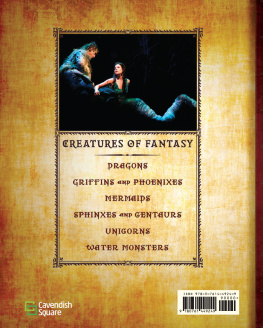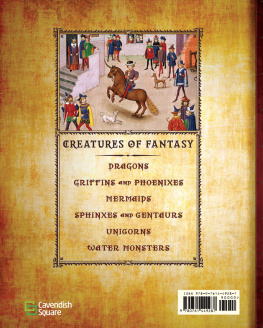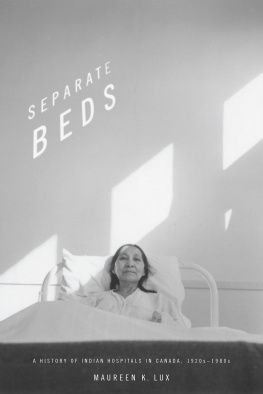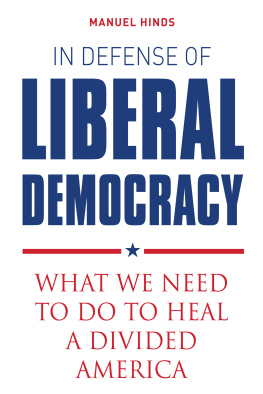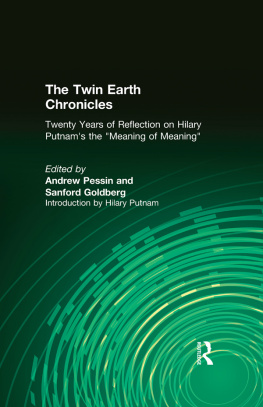A Cultural History of Twin Beds
HOME
Series Editors: Victor Buchli and Rosie Cox
This exciting new series responds to the growing interest in the home as an area of research and teaching. Highly interdisciplinary, titles feature contributions from across the social sciences, including anthropology, material culture studies, architecture and design, sociology, gender studies, migration studies and environmental studies. Relevant to undergraduate and postgraduate students as well as researchers, the series will consolidate the home as a field of study.
First published 2019 by Bloomsbury Academic
Published 2020 by Routledge
2 Park Square, Milton Park, Abingdon, Oxon OX14 4RN
605 Third Avenue, New York, NY 10017
Routledge is an imprint of the Taylor & Francis Group, an informa business
Copyright Hilary Hinds, 2019
Hilary Hinds has asserted her right under the Copyright, Designs and Patents Act, 1988, to be identified as Author of this work.
The text in this work is published subject to a Creative Commons Attribution License. The images in this work are published subject to a Creative Commons Non-Commercial No Derivatives License. You may share the images in this work for non-commercial purposes only, provided you give attribution to the copyright holder and the publisher.
For legal purposes the Acknowledgements on p. xvii constitute an extension of this copyright page.
Series design by Clare Turner
Cover image: United Kingdom, Scotland, Glasgow, East End quarter, University of Glasgow, Hunterian Museum and Art Gallery, The Mackintosh ( Hemis/Alamy Stock Photo)
The Open Access version of this book, available at www.taylorfrancis.com, has been made available under a Creative Commons Attribution-Non Commercial-No Derivatives 4.0 license.
All rights reserved. No part of this book may be reprinted or reproduced or utilised in any form or by any electronic, mechanical, or other means, now known or hereafter invented, including photocopying and recording, or in any information storage or retrieval system, without permission in writing from the publishers.
Notice:
Product or corporate names may be trademarks or registered trademarks, and are used only for identification and explanation without intent to infringe.
A catalogue record for this book is available from the British Library.
A catalog record for this book is available from the Library of Congress.
Typeset by Integra Software Services Pvt. Ltd.
ISBN 13: 978-1-350-04542-2 (hbk)
In memory of my parents Diana (19242017) and Ralph (19251998)
Contents
Rosie Cox and Victor Buchli
Guide
The author and publisher gratefully acknowledge the permission granted to reproduce the copyright material in this book. Every effort has been made to trace copyright holders and to obtain their permission for the use of copyright material. The publisher apologizes for any errors or omissions in the above list and would be grateful if notified of any corrections that should be incorporated in future reprints or editions of this book.
Rosie Cox and Victor Buchli
The home is where people are made and undone. As life is increasingly seen as precarious, fluid, mobile and globalized, there is a growing interest in the home: what it is, what it means to various groups of people, how it constitutes them and how it relates to other spheres of life both in the present and in the past. Home is both physical and metaphorical, local and national, a place of belonging and exclusion. It is at the heart of the most seemingly mundane spaces and experiences the site of quotidian activities such as eating, washing, raising children and loving. Yet it is precisely the purportedly banal nature of the home that masks its deep importance for the underlying assumptions that structure social and political life. Home reveals the importance of routine activities, such as consumption, to highly significant and urgent wide-ranging issues and processes such as the maintenance of and challenges to global capitalism and our relationship to the natural environment.
Among academic writers home is increasingly problematized, interrogated and reconsidered. Long understood as an axis of gender inequality, home is also seen as a site; a space of negotiation and resistance as well as oppression and a place where such relationships are undone as well as made. As a topic of study, it is the natural analytical unit for a number of disciplines, with relevance to a wide range of cultural and historical settings. The home is probably one of the few truly universal categories upon which an interdisciplinary programme of research can be conducted and which over recent years has resulted in a distinctive analytical category across disciplines, times and cultures.
This book series offers a space to foster these debates and to move forward our thinking about the home. The books in the series range across the social and historical sciences, drawing out the cross-cutting themes and interrelationships within writings on home and providing us with new perspectives on this intimate space. While our understanding of home is expansive, and open to interrogation, it is not unbounded. In honing our understandings of what home is, this series aims to disturb and it goes beyond the domestic, including sites and states of dispossession and homelessness and experiences of the unhomely.
I am grateful for financial support received for this project. The Wellcome Trust generously funded both a years research leave and Open Access for this book. Lancaster University gave me two periods of sabbatical leave to work on the book as well as granting me, via the Faculty of Arts and Social Sciences Research and Enterprise Fund, financial support for visits to libraries and archives.
I also appreciate the help given by staff from the following libraries and archives: Lancaster University Library; the Archive of Art and Design and the Library of Art, Victoria and Albert Museum, London; the British Library; the Museum of Domestic Design and Architecture (MoDA), University of Middlesex; the Geffrye Museum, London; the City of Birmingham Library; and the Mass-Observation Archive, University of Sussex Library. I am grateful too to Myers Comfortable Beds for allowing me to spend an afternoon looking at the archive of their catalogues.
I have benefited greatly from discussions following talks on the project given at many events during the research for and writing of this book, and I thank all the many people who showed interest and offered ideas along the way. In particular, I am grateful to the convenors of the 20s30s Network Elizabeth Darling, Richard Hornsey and Matt Houlbrook whose events have been endlessly illuminating and whose company has been an unfailing pleasure. Friends, colleagues, acquaintances and strangers have become a much appreciated de facto team of scouts, commentators and facilitators, sending me examples of twin beds glimpsed in films and novels, helping me trace elusive references and reading earlier chapter drafts. Thanks go in particular to Lucy Adlington, Amanda Armstrong, Caroline Beven, Barbara Burman, Julie Crawford, Anne Cronin, Rosemary Deller, Carole DeSanti, Laura Doan, Richard Dyer, Kamilla Elliott, Gene Gable, Jo Gill, Michael Greaney, Jane Hamlett, Lisa Henderson, Clare Langhamer, Liz Oakley-Brown, Corinna Peniston-Bird, Lynne Pearce, Kathryn Perry, Garrett Sullivan, Penny Summerfield, James Taylor, Meg Twycross and Pamela Wojcik. Claire McGann provided indispensable and meticulous research assistance in preparing the images for publication.

